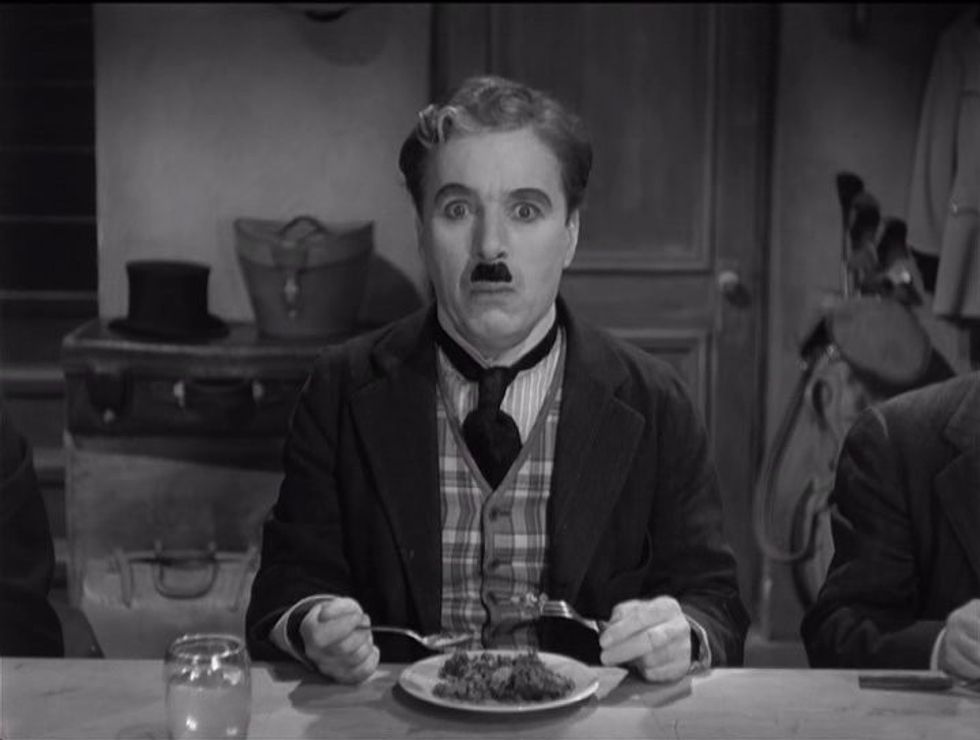The Art of Watching Silent Films
What are your favorite silent movies and why?

Lights, camera, but no sound? Welcome to the world of silent cinema, where storytelling unfolds through captivating visuals and expressive acting, rather than spoken dialogue.
I'm here to transport you back to the early days of film, before synchronized sound was even a twinkle in a filmmaker's eye.
Let's dig in.
What is a Silent Film?
A silent film is a motion picture that does not include synchronized recorded sound or spoken dialogue. These films convey narrative and emotions visually, through:
- Visual storytelling: Actors rely on exaggerated expressions, gestures, and body language to communicate their emotions and intentions.
- Intertitles: These are cards inserted between scenes with text to provide dialogue, narration, or other pertinent information.
- Music: Live music, often played by a pianist or organist, was a crucial element in silent films, setting the mood and enhancing the emotional impact of the scenes.
Although called "silent," these films were rarely experienced in complete silence.
The era of silent films lasted from the late 19th century until the late 1920s, when sound technology was developed and synchronized dialogue became possible. However, some filmmakers, like Charlie Chaplin, continued to make silent films even after the advent of sound.

Are Silent Films for Snobs?
I'm not sure if I consider myself to be a film snob, but I will say that I do love spending time reading about Hollywood's history and watching lesser-known titles that I bore my friends with by describing at parties.
Oh, god, I am a snob.
Look, I'll deal with that later. The point is, silent films are really fun and most people haven't seen any. I had seen like three until the pandemic hit, and I developed all sorts of weird hobbies.
Silent films can be hard to get into when you're first starting. They are just so different than the typical Hollywood movies we're used to, but they're amazing places to get ideas for set pieces to modernize and stories to tell. They're also lost artifacts of a time gone by, ones that open our eyes to the soul of the past.
I found this video from Eyebrow Cinema made the process of enjoying silent movies a little easier by offering some tips in terms of what films to start with, as well as some dos and don'ts when watching silent movies. It's also a big celebration of silent cinema, a wonderful and exciting period in film history with some of the best movies ever made.
There's an Art to Watching Silent Films
One of the first things I noticed about silent movies is that you have to put your cell phone down. I don't mean this to sound elitist, I know many people are enjoying movies on their couch and not paying total attention, but in silent cinema, there's no latent dialogue to bring you back into the story. There are music cues, but what happens on-screen shows you all the exposition you need to know through action.
Silent films had a lot of weight to carry. They had to tell us a story without any spoken dialogue. Sure, sometimes random title cards would come up with words on them, but mostly these movies had to have stories that survived without any dialogue to solidify the story. They were the embodiment of the rule "show, don't tell."
You can travel all over the world and watch movies made anywhere because language is no longer a barrier. That means you can open yourself up to the French fantasies of the 1890s-1900s or the Keystone comedies of the 1910s. There are even the wildly creative German films of the 1920s.
One thing that sticks out in all of the above is the special attention paid to the mise-en-scene in each scene. There's a lot of depth here because each scene has to help tell the story. Without dialogue, settings really do become characters and contribute to tone and themes.
We wrote an entire staff article on our love for silent film, which I think is a great starter pack for people who want to dip their toes into the waters.
Another cool thing is how they move the camera or don't. Many silent films leave the camera static and move the actors a lot. This is something we don't see as much in Hollywood today, but it could give you some fun ideas.
They also learn to move the camera a lot, doing intense tracking shots and crane shots that we don't see as much nowadays. There are lots of hidden lessons and even hidden shots we see from modern Hollywood taken from the past. Like this shot from Wings that's also in The Last Jedi.
Above all else, the way to enjoy silent films is just to watch a lot of them. You might hate some! That's okay, I hate some modern movies. But when you find the ones you love, you can forever have something cool to bring up at parties.
Let us know what you think in the comments.
Source: Eyebrow Cinema











